Cats are often admired for their graceful movements and inquisitive nature, but perhaps one of their most intriguing traits is their penchant for sleep. If you’ve ever found yourself wondering why cats seem to snooze so much, you’re not alone. On average, cats spend around 12 to 16 hours a day asleep, making them true champions of rest. In this article, we’ll dive into the science behind their excessive sleep habits and explore the biological, evolutionary, and behavioral reasons for their seemingly endless naptime.
The Biological Basis of Cat Sleep
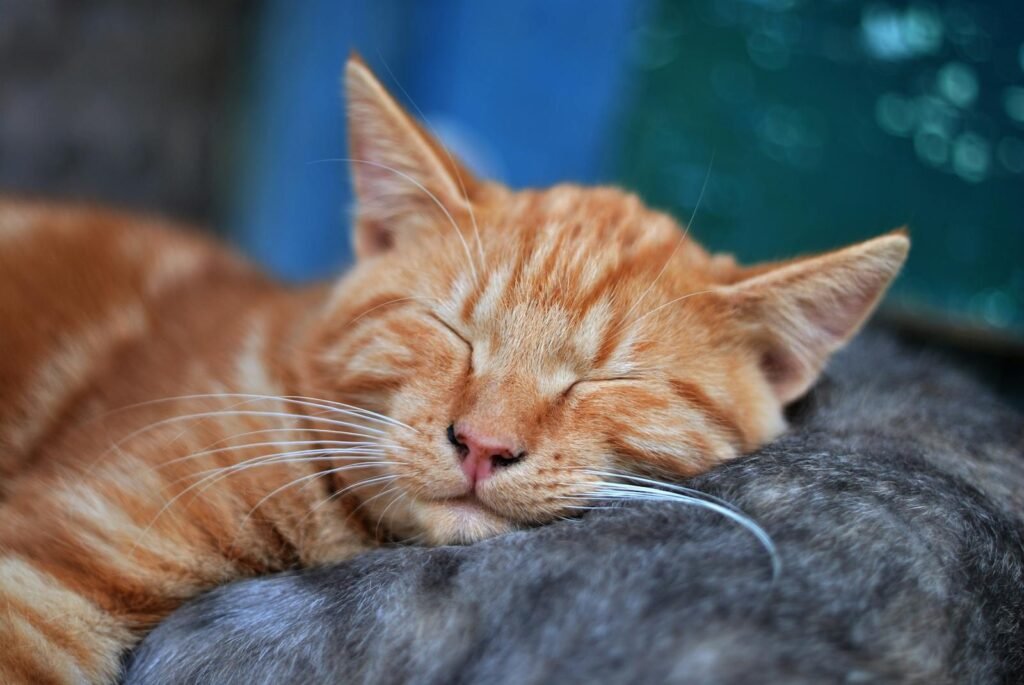
The sleep patterns of cats are deeply rooted in their biology. Unlike humans, cats are crepuscular, meaning they are most active during the twilight periods of dawn and dusk. This predisposition is a result of their need for stealth and efficiency while hunting, yet it also requires a significant amount of rest to replenish their energy reserves. Understanding these cycles helps to clarify why cats’ sleep schedules differ so vastly from our own.
Evolutionary Roots: Predators and Prey
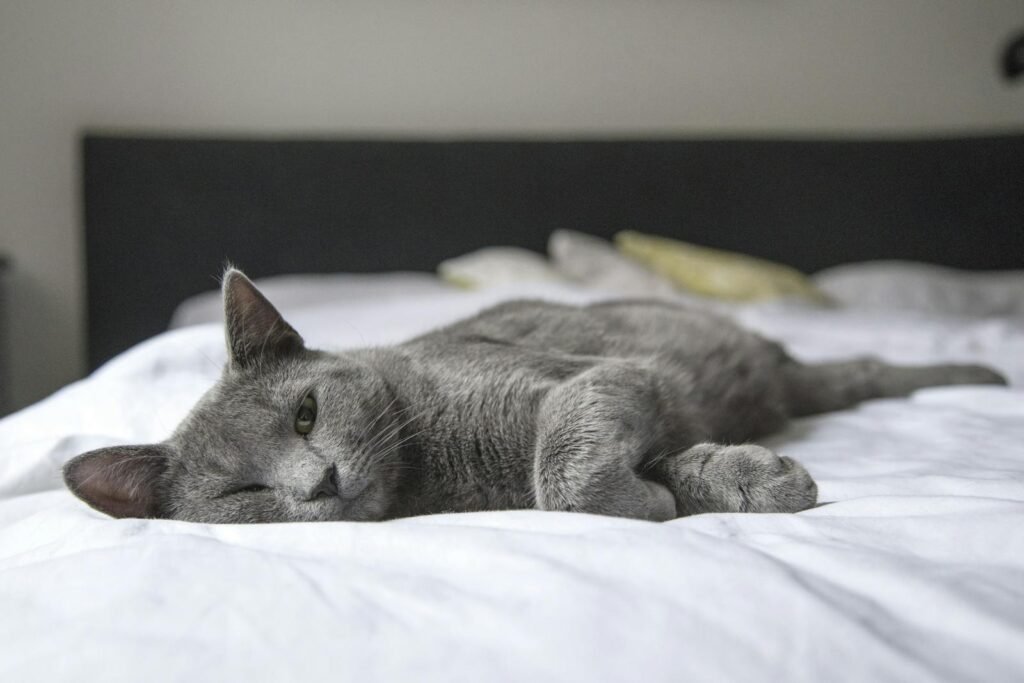
Cats have evolved over thousands of years as both predators and prey, shaping their sleep patterns accordingly. In the wild, cats must conserve energy to hunt efficiently. long periods of rest enable them to maintain the quick bursts of energy necessary to catch prey. Conversely, when they assume the role of prey, being still and quiet during most of the day can improve their chances of survival. This dual role has finely tuned their need for extended sleep.
Sleep Cycles: REM and Non-REM Sleep
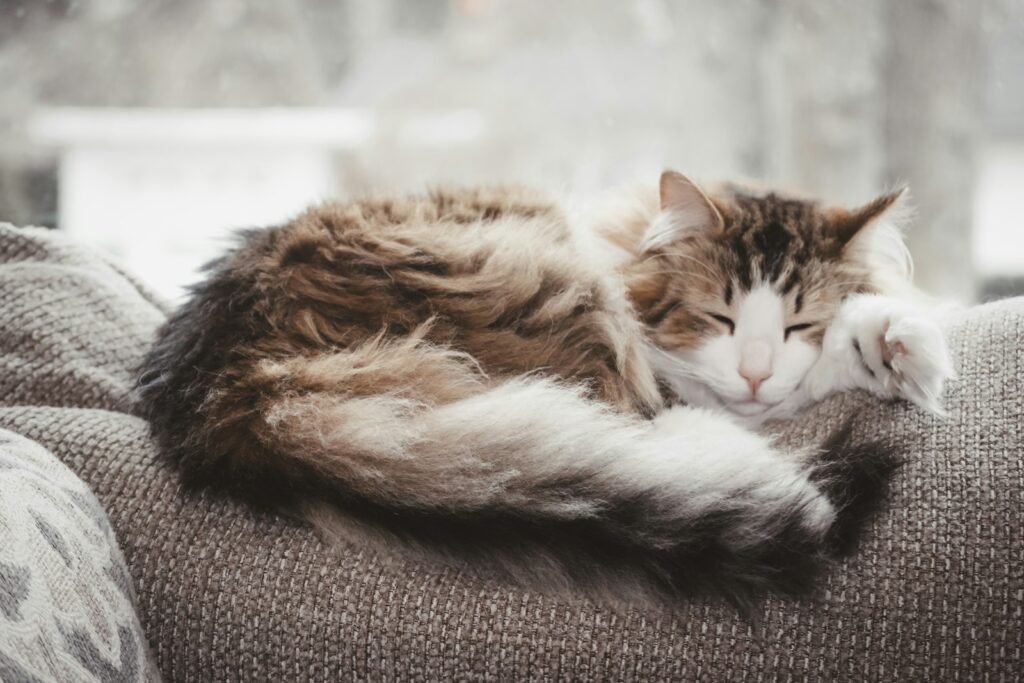
Like humans, cats experience rapid eye movement (REM) and non-REM stages of sleep. During REM sleep, which resembles a lighter sleep state, cats may twitch their ears, paws, and tails, indicating they are dreaming. This stage is vital for maintaining cognitive health and storing memories. Non-REM sleep, on the other hand, is deep and restorative, allowing the body to repair itself. Cats typically cycle through these stages numerous times throughout their slumber.
Age Matters: Kittens to Senior Cats
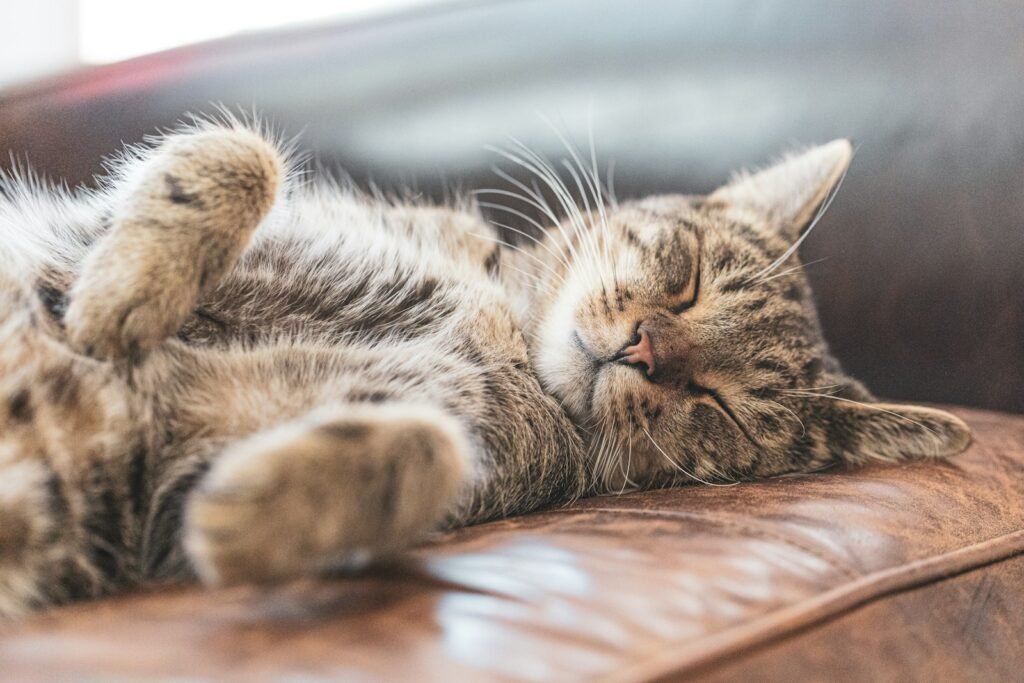
The amount of sleep a cat requires can vary significantly with age. Kittens, for example, can sleep up to 20 hours a day, which supports their rapid growth and development. In contrast, adult cats average around 12 to 16 hours. As cats enter their senior years, they may also need more rest, although their sleep could be more sporadic due to age-related health issues. Understanding the natural sleep variations across different life stages is crucial for maintaining a cat’s overall well-being.
Environmental Factors Affecting Sleep

The environment plays a substantial role in a cat’s sleep quality and patterns. Factors such as noise levels, light, temperature, and comfort can all influence how well a cat sleeps. Cats prefer to sleep in quiet, secure places and may be disturbed by household noise or activity. Offering them a conducive sleep environment can help ensure they get the rest they need to stay healthy and content.
Health Considerations and Sleep
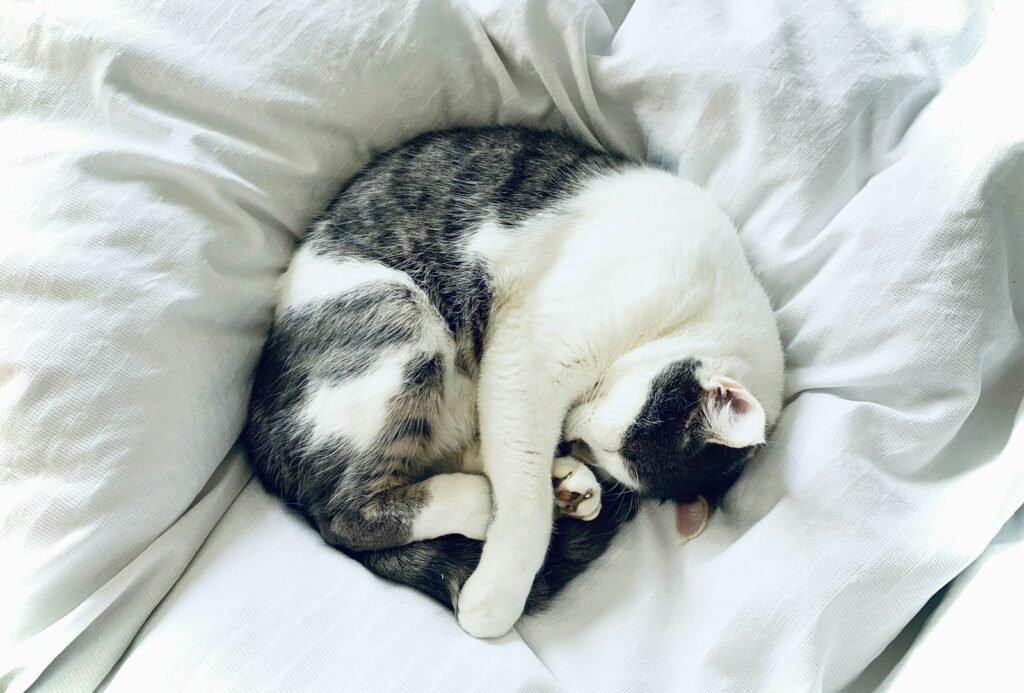
While it’s normal for cats to sleep a lot, excessive sleep can sometimes be a sign of health issues. Conditions such as obesity, injury, or illnesses like diabetes can lead to increased drowsiness or laziness. Conversely, sleep disturbances or reduced sleep can indicate problems such as hyperthyroidism or anxiety. Regular veterinary check-ups are vital to ensure that a cat’s sleep habits are within a healthy range.
Diet and Its Impact on Sleep
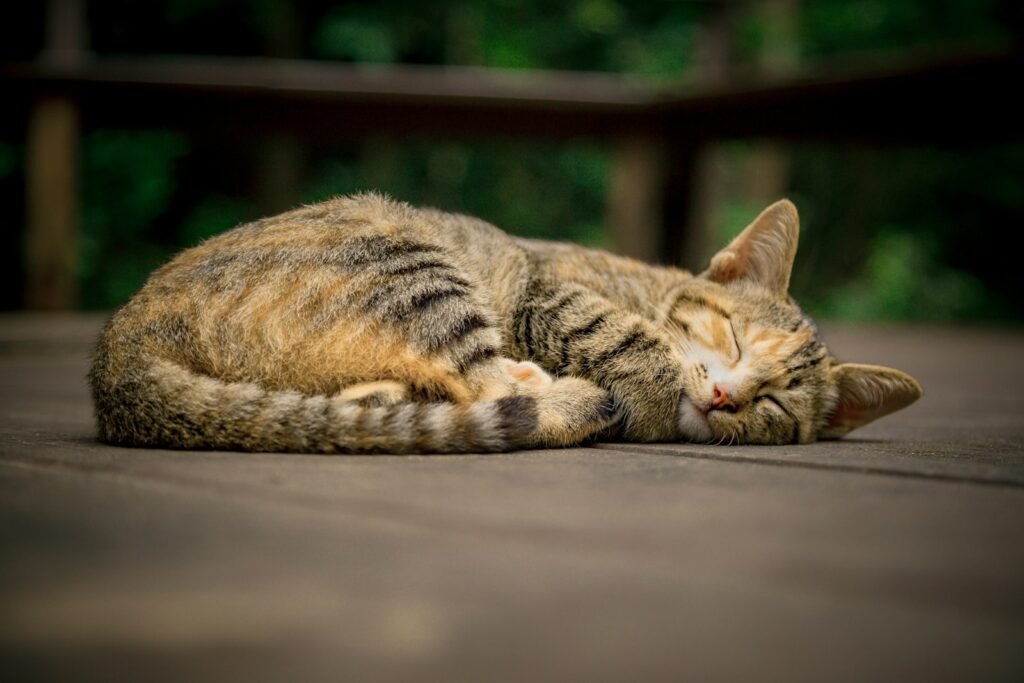
Nutritional intake can also affect a cat’s sleep. A well-balanced diet provides the energy necessary for their daily activity and rest cycles. Cats that are fed a diet lacking in essential nutrients might exhibit sleep disturbances or sluggishness. Offering a diet rich in protein, healthy fats, and vitamins can help maintain their vitality and support healthy sleep behavior.
Sleeping Positions and Comfort
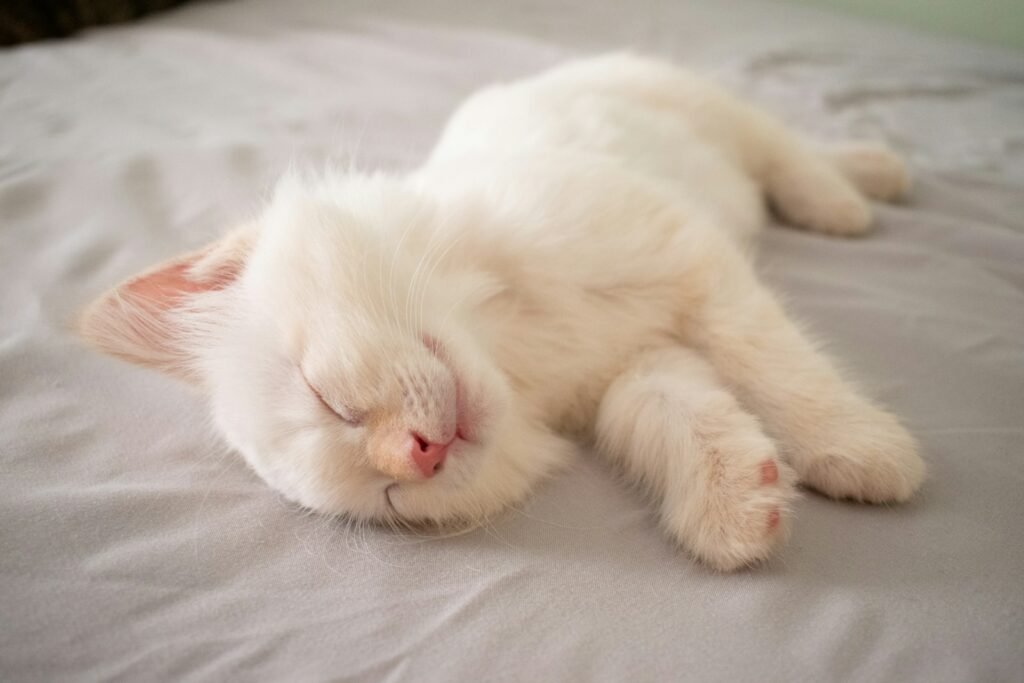
Cats often sleep in a variety of positions, each reflecting their level of relaxation or alertness. A cat lying on its side or back with its belly exposed is usually quite content and feels safe in its environment. In contrast, a cat curled tightly into a ball may be conserving body heat or staying vigilant. Understanding these positions can give insight into a cat’s sense of comfort and security.
The Bond Between Cats and Sleep
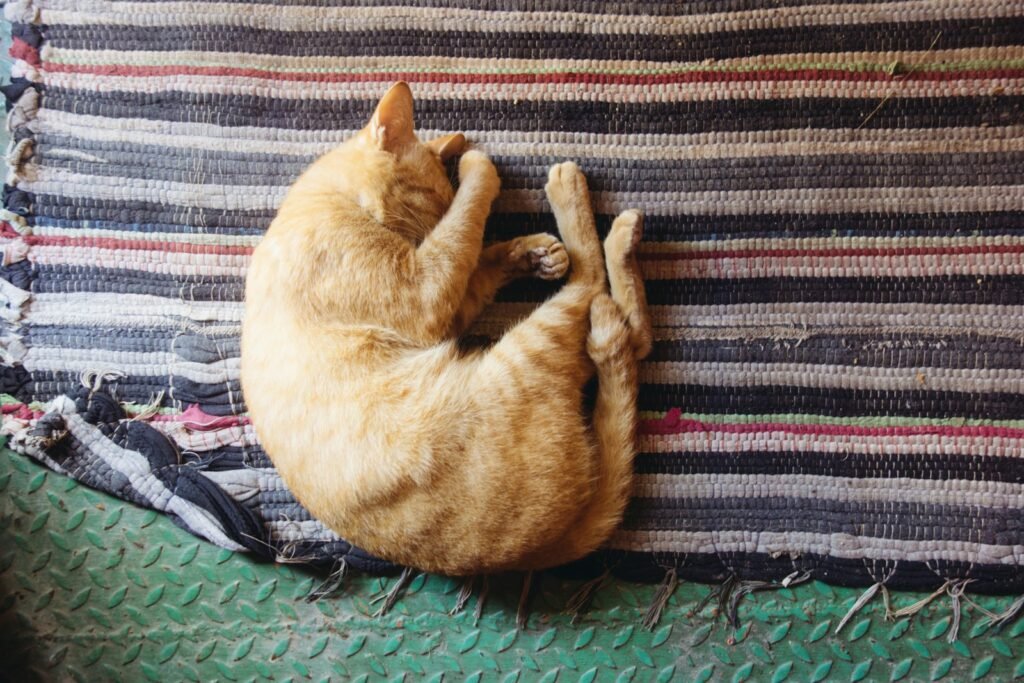
Lastly, a cat’s sleep can reveal much about its bond with humans. Cats often choose to sleep near their owners, associating them with safety and companionship. This behavior not only strengthens the bond between cat and owner but also enriches the cat’s mental and emotional health, leading to a more restful and uninterrupted sleep experience.
Conclusion: Embracing the Feline Siesta

Understanding why cats sleep so much involves unraveling a complex mix of biological, evolutionary, and environmental factors. Recognizing the nuances of their sleep helps us better care for our feline friends, ensuring they live healthy and fulfilling lives. So next time you find your cat dozing off, appreciate the science behind their slumber and the essential role it plays in their daily existence.
Hi, I’m Bola, a passionate writer and creative strategist with a knack for crafting compelling content that educates, inspires, and connects. Over the years, I’ve honed my skills across various writing fields, including content creation, copywriting, online course development, and video scriptwriting.
When I’m not at my desk, you’ll find me exploring new ideas, reading books, or brainstorming creative ways to solve challenges. I believe that words have the power to transform, and I’m here to help you leverage that power for success.
Thanks for stopping by, Keep coming to this website to checkout new articles form me. You’d always love it!





